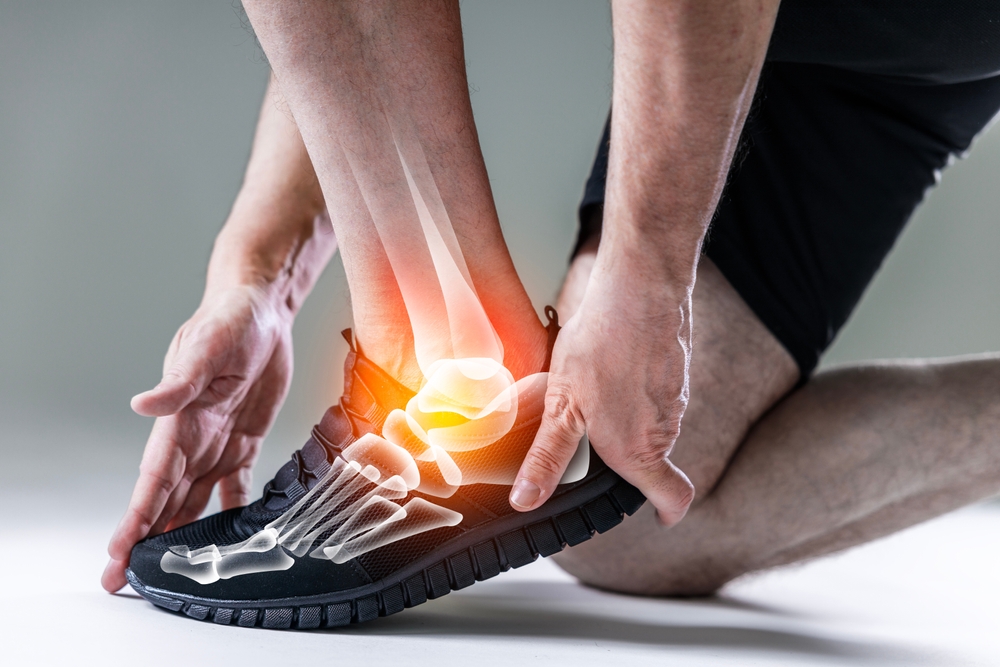Understanding Knee Braces and Their Role in Joint Support
Knee braces have become essential tools for individuals seeking to protect and support their knee joints during daily activities, sports, or recovery from injury. These medical devices offer varying levels of support, from basic compression to advanced stabilization, helping millions of people maintain mobility and reduce discomfort. Whether you're dealing with arthritis, recovering from surgery, or looking to prevent injury during physical activity, understanding the different types and functions of knee braces can help you make informed decisions about your joint health and overall well-being.

Knee braces serve as external support systems designed to stabilize, protect, and assist the knee joint during movement. These devices have evolved significantly over the years, incorporating advanced materials and engineering to provide targeted support for various conditions and activity levels.
How Knee Braces Support Joint Health
Knee braces contribute to joint health through multiple mechanisms that work together to protect and stabilize the knee structure. The primary function involves redistributing forces across the joint, reducing stress on damaged or weakened areas. This redistribution helps minimize inflammation and allows injured tissues to heal more effectively.
Compression provided by knee braces improves blood circulation around the joint, which can reduce swelling and promote the delivery of nutrients essential for tissue repair. The proprioceptive feedback from wearing a brace also enhances body awareness, helping users maintain better alignment and movement patterns that protect the joint from further damage.
Additionally, knee braces can limit harmful movements while allowing beneficial motion, creating an optimal environment for healing and long-term joint preservation. This controlled movement approach prevents re-injury while maintaining the range of motion necessary for daily activities.
Common Types of Knee Braces for Seniors
Seniors often require specific types of knee braces tailored to age-related joint changes and common conditions. Compression sleeves represent the most basic option, providing gentle support and warmth that can alleviate stiffness associated with arthritis. These lightweight options are ideal for daily wear and mild discomfort.
Hinged knee braces offer more substantial support for seniors with moderate to severe joint instability. These braces feature metal or plastic hinges that control the range of motion while providing lateral stability. They’re particularly beneficial for individuals with ligament damage or severe osteoarthritis.
Unloader braces specifically address unicompartmental knee osteoarthritis, a condition common in older adults. These specialized braces shift weight away from the damaged portion of the knee joint, reducing pain and potentially slowing disease progression. The three-point pressure system in unloader braces can significantly improve comfort during walking and standing.
Benefits of Knee Braces for Mobility
Knee braces can dramatically improve mobility for individuals with various knee conditions by providing confidence and stability during movement. The psychological benefit of feeling supported often encourages increased activity levels, which is crucial for maintaining overall health and preventing muscle atrophy.
Pain reduction is another significant mobility benefit, as braces can decrease discomfort during weight-bearing activities. This pain relief allows individuals to walk longer distances, climb stairs more comfortably, and participate in activities they might otherwise avoid due to knee pain.
Improved gait patterns result from the stability and alignment assistance provided by properly fitted knee braces. Better walking mechanics reduce compensatory movements that can lead to problems in other joints, such as the hip or ankle. This comprehensive approach to movement quality helps maintain overall mobility and prevents secondary complications.
Lifespan and Durability of Knee Braces
The durability of knee braces varies significantly based on construction materials, frequency of use, and maintenance practices. Basic compression sleeves typically last six to twelve months with regular use, while high-quality neoprene models may endure up to two years when properly cared for.
Hinged knee braces generally offer greater longevity, with well-constructed models lasting two to five years depending on activity level and care. The metal components in these braces are particularly durable, though fabric portions may require replacement sooner. Professional-grade braces used in clinical settings often feature replaceable components, extending their useful life significantly.
Proper maintenance significantly impacts brace lifespan. Regular cleaning according to manufacturer instructions, proper storage, and avoiding exposure to extreme temperatures help preserve materials and functionality. Users should inspect their braces regularly for signs of wear, such as stretched fabric, damaged hinges, or compressed padding, as continued use of worn equipment may compromise effectiveness and safety.
| Brace Type | Typical Cost Range | Expected Lifespan | Key Features |
|---|---|---|---|
| Compression Sleeve | $15-$50 | 6-12 months | Basic support, lightweight |
| Hinged Brace | $50-$200 | 2-5 years | Adjustable support, metal hinges |
| Unloader Brace | $200-$800 | 3-7 years | Arthritis-specific, three-point pressure |
| Custom Brace | $300-$1,500 | 5-10 years | Personalized fit, premium materials |
Prices, rates, or cost estimates mentioned in this article are based on the latest available information but may change over time. Independent research is advised before making financial decisions.
Selecting the appropriate knee brace requires consideration of individual needs, activity levels, and specific conditions. Consulting with healthcare professionals ensures proper fitting and selection, maximizing the benefits while minimizing potential complications. With proper selection and care, knee braces can provide years of reliable support, helping maintain mobility and quality of life for users of all ages.
This article is for informational purposes only and should not be considered medical advice. Please consult a qualified healthcare professional for personalized guidance and treatment.




